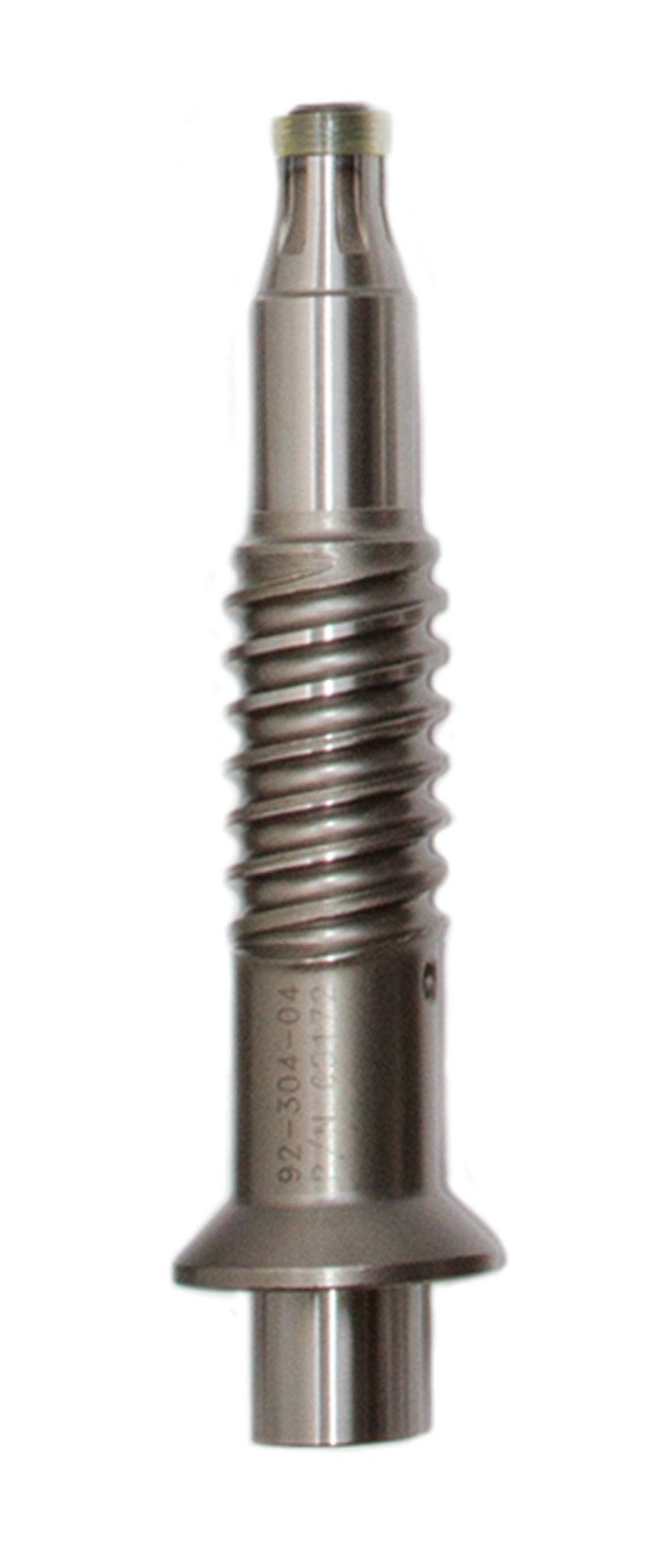
LOWER DRIVESHAFT
February 10, 2024
LOWER DRIVESHAFT
February 12, 2024
Description
- Function: The primary function of the PROPELLER SHAFT ASSEMBLY is to transmit power from the gearbox or lower unit to the propeller. It converts the rotational motion generated by the engine into thrust, propelling the watercraft forward.
- Construction: Typically made of high-strength stainless steel or marine-grade alloys, the PROPELLER SHAFT ASSEMBLY is engineered to withstand high torque loads and resist corrosion from exposure to water and marine conditions.
- Design: The PROPELLER SHAFT ASSEMBLY consists of a long, cylindrical shaft with precision-machined surfaces and splines on both ends. The shaft is designed to fit securely into the propeller hub and the gearbox or lower unit.
- Splines and Couplings: One end of the PROPELLER SHAFT ASSEMBLY features splines or other coupling mechanisms to connect with the propeller, ensuring a secure and efficient power transfer. The other end is splined or keyed to engage with the gearbox or lower unit.
- Sealing and Lubrication: Seals are often installed at each end of the PROPELLER SHAFT ASSEMBLY to prevent water from entering the gearbox or lower unit and to retain lubricating oil. Proper sealing is essential for maintaining optimal performance and preventing corrosion.
- Compatibility: The PROPELLER SHAFT ASSEMBLY must be compatible with the specific make and model of the outboard motor or sterndrive. It should match the spline count, diameter, and length requirements of the gearbox or lower unit and the propeller.
- Installation and Maintenance: Installing or replacing the PROPELLER SHAFT ASSEMBLY requires careful alignment and proper torque specifications to ensure smooth operation and prevent damage to the gearbox or propeller. Regular maintenance, including inspection for wear and lubrication, is essential for optimal performance and longevity.
- Critical Component: As a critical link in the propulsion system, the PROPELLER SHAFT ASSEMBLY plays a vital role in the overall performance and efficiency of the watercraft. Any damage or malfunction to this component can result in loss of propulsion and potential safety hazards.




